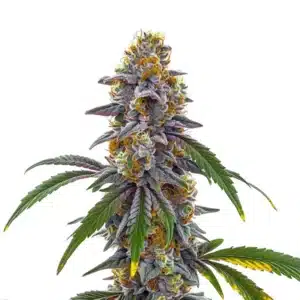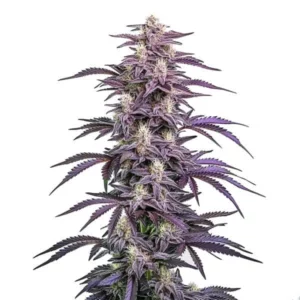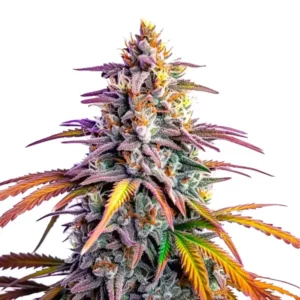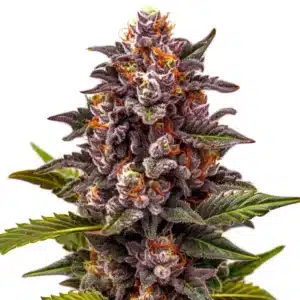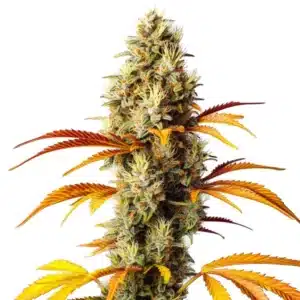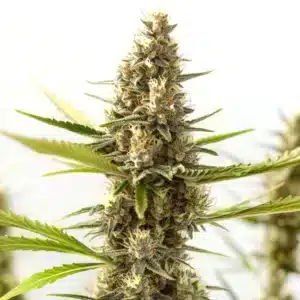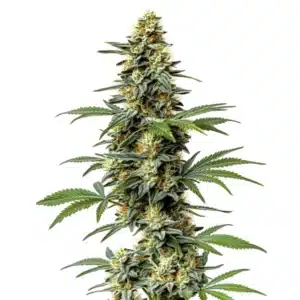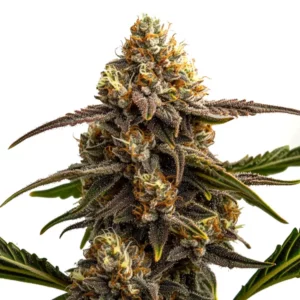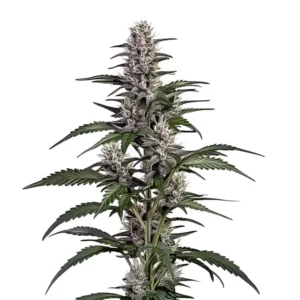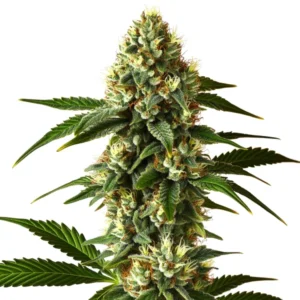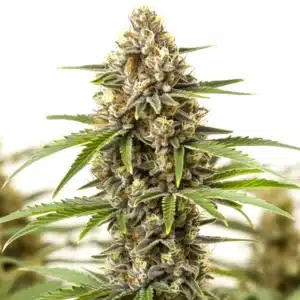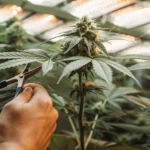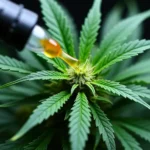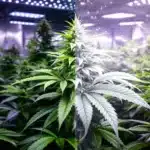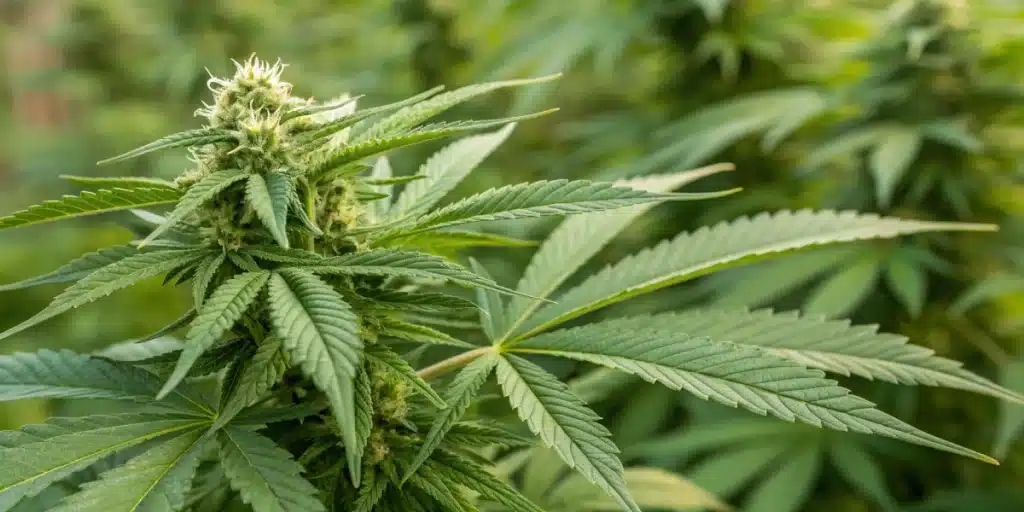
When to Remove Fan Leaves During Flowering: Best Practices
Importance of Fan Leaves
Function in Photosynthesis
Fan leaves are essential players in the world of cannabis cultivation. These broad, flat leaves are the powerhouses of photosynthesis, absorbing sunlight and converting it into the energy that fuels your plants’ growth. As your cannabis plants transition from the vegetative phase to flowering, the function of fan leaves becomes even more significant because they serve as both energy generators and nutrient storage sites. They not only capture light but also store vital nutrients and energy necessary for the development of robust flowers. Understanding When to Remove Fan Leaves During Flowering is key to optimizing airflow and light penetration, helping the plant thrive even during challenging growth stages.
In the flowering stage, fan leaves continue to perform their critical function, but the focus shifts somewhat as the plant reallocates its resources. While they still contribute significantly to photosynthesis, their presence can sometimes obstruct airflow and reduce light penetration to the lower parts of the plant, which may impact bud development. Striking a balance between retaining these leaves for energy and ensuring optimal light distribution is key to a successful harvest and maximizes overall yield and quality.
Recommended Strains
Candyland
|
|
THC | 18% - 20% (Medium) |
|
|
Type | Feminized |
|
|
Yield | High |
|
|
Phenotype | 30% Indica / 70% Sativa |
Candyland Peyote
|
|
THC | 22% - 26% (High) |
|
|
Type | Feminized |
|
|
Yield | High |
|
|
Phenotype | 60% Indica / 40% Sativa |
Impact on Flowering
The impact of fan leaves on flowering is profound and multifaceted. Healthy fan leaves can significantly enhance the overall health of the plant and, consequently, the quality and quantity of the yield by supplying essential energy and nutrients during bud formation. However, as the flowering stage progresses, some growers find themselves contemplating when to remove fan leaves during flowering to optimize growth. The timing and technique of removal can directly influence the plant’s productivity, making it a vital consideration for achieving a superior harvest.
By strategically removing fan leaves at the right time, you can improve light exposure to the buds, which can lead to denser and more potent flowers and enhance the overall flowering process. However, it’s essential to be cautious; excessive removal can lead to stress and hinder the flowering process, resulting in lower yields. This delicate balancing act requires careful observation and timely intervention to achieve the best possible results.
Promos & Deals
Timing the Removal Process
Optimal Stages for Removal
Determining when to remove fan leaves during flowering is an art that requires careful observation and a thorough knowledge of the plant’s growth stages. Generally, the ideal time for removal is during the early to mid-flowering stage, roughly two to four weeks after the transition from vegetative growth, when the plant has developed a robust structure. At this point, the plant has established a solid root system and is capable of withstanding some leaf loss without compromising its overall vitality.
It is essential to keep a close eye on the development of the buds as they begin to form and swell. You’ll want to assess which fan leaves might be blocking light or airflow to the lower buds that need extra attention. A good rule of thumb is to remove leaves that are yellowing or showing signs of decline, as they no longer contribute positively to the plant’s health and may even hinder optimal growth by creating unnecessary shade.
Signs to Look for in the Plants
Observing your plants closely is vital when deciding when to remove fan leaves during flowering. Look for signs of overcrowding in the canopy where excessive leaves may be shading the budding sites below, reducing the light they receive. Yellowing leaves or those that appear wilted are also indicators that they are no longer performing efficiently and may be better off removed to help the plant direct its energy to healthier tissues.
Additionally, if you notice any leaves that are damaged, diseased, or suffering from pest infestation, it is prudent to remove them promptly to prevent the spread of potential issues throughout the plant. Always remember that your plants communicate their needs through these visual signals; being attentive to these signs will help you optimize their overall health and flowering potential for a more abundant harvest.
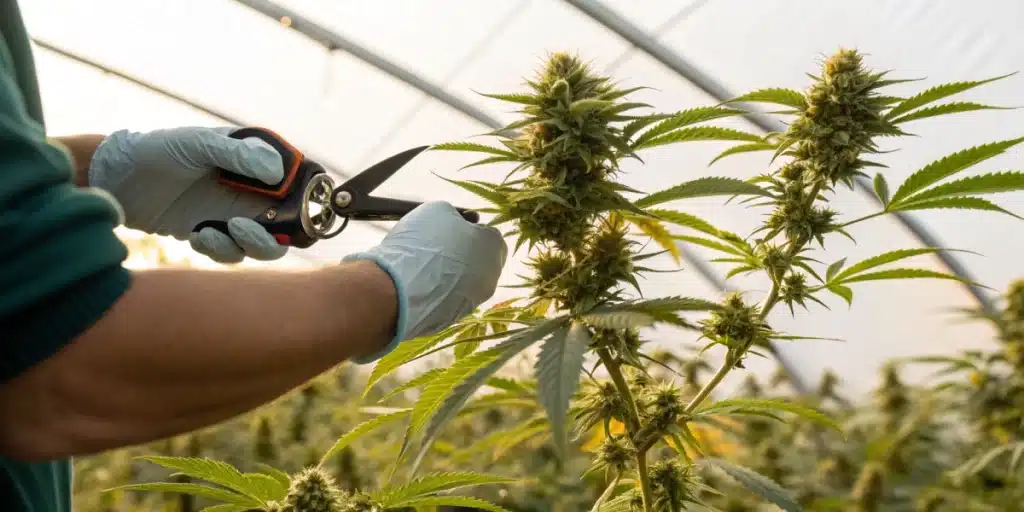
Techniques for Leaf Removal
Manual Removal Methods
When considering how to approach the task of when to remove fan leaves during flowering, manual removal methods are often the most straightforward and controlled. Using your hands, you can gently pinch off the leaves that you have identified as needing removal, ensuring that you take only the excess or declining foliage without disturbing the overall structure. This technique allows for a more precise approach and minimizes the risk of accidentally damaging other parts of the plant.
Another effective manual method involves using scissors or pruning shears to trim the unwanted leaves. This technique provides a cleaner cut, reducing the likelihood of tearing the plant tissue, which can lead to stress and increased susceptibility to diseases. Always ensure that your tools are sterilized before use to avoid introducing any pathogens to your plants, thereby maintaining optimal plant health during the removal process.
Tools and Safety Tips
While manual techniques are effective, having the right tools on hand can make the process smoother and more efficient. High-quality pruning shears or scissors specifically designed for gardening are essential, as they provide the precision needed for careful leaf removal. Sharp tools ensure clean cuts that promote quick healing, minimizing any potential stress on the plant.
Safety is paramount when removing fan leaves. Always wear gloves to protect your hands from sticky resin or any potential irritants, and work in a well-lit area to ensure you can see every detail clearly. Keeping your workspace organized helps prevent accidents and ensures that you can focus entirely on the delicate task of leaf removal, thereby maintaining a safe and efficient process.
Effects on Yield and Quality
Benefits of Strategic Removal
Strategically removing fan leaves during flowering can lead to several notable benefits that enhance both yield and quality. By improving light penetration to the lower buds, you promote more uniform growth throughout the plant, which can result in a higher overall yield as more buds receive the energy they need to develop fully. This targeted approach helps ensure that each part of the plant flourishes, leading to a more balanced and productive harvest.
Moreover, the removal of excess leaves can improve airflow within the canopy, reducing the risk of mold and other moisture-related issues that can compromise plant health. Well-cared-for plants are more resilient and can withstand the stresses of flowering, ultimately leading to higher-quality buds that are dense, potent, and visually appealing, thereby maximizing the harvest’s overall value.
Risks of Over-Pruning
While the benefits of leaf removal are clear, it’s crucial to approach the process with extreme caution. Over-pruning can have detrimental effects on your plants by removing too many of the fan leaves that are essential for photosynthesis, leading to stress, stunted growth, and a decrease in overall yield. Striking the right balance is vital to ensure that the plant retains enough foliage to sustain its energy needs while still allowing for improved light exposure to the buds.
Additionally, plants that experience excessive leaf removal may struggle with nutrient uptake and efficient photosynthesis, as the remaining leaves may not be sufficient to support the plant’s developmental demands. Understanding the right amount to remove and monitoring your plant’s responses carefully will help you avoid the pitfalls of over-pruning and maintain optimal plant health throughout the flowering stage.
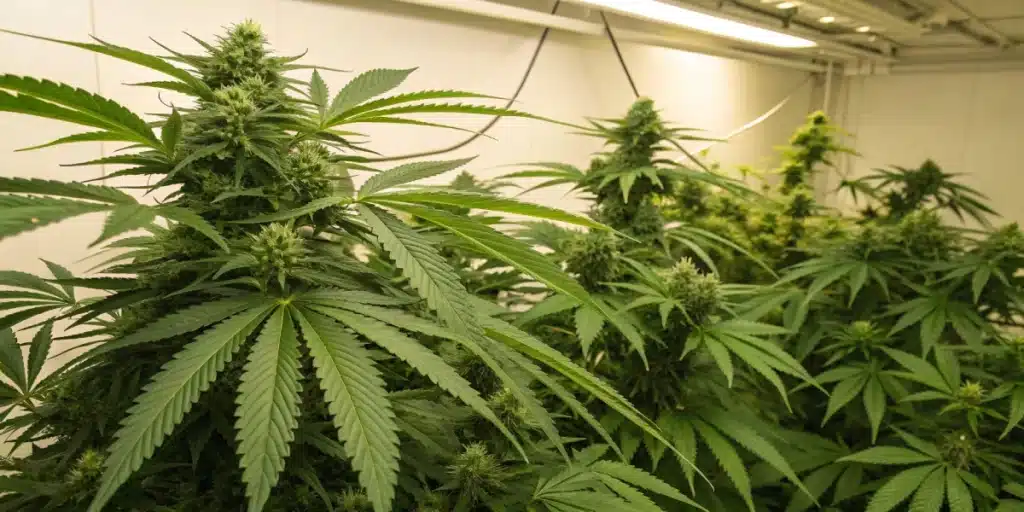
FAQs about when to remove fan leaves during flowering
When is the best time to remove fan leaves?
The best time to remove fan leaves is during the early to mid-flowering stage, approximately two to four weeks after the transition from vegetative growth, when the plant has developed enough strength to handle some leaf loss. This period allows the plant to continue benefiting from photosynthesis while still redirecting energy to bud formation. Monitoring your plant’s overall health during this phase is crucial for determining the optimal time for leaf removal.
Can removing too many leaves harm the plant?
Yes, removing too many leaves can indeed harm the plant by creating excessive stress and reducing its capacity to perform vital functions such as photosynthesis. Over-pruning can lead to reduced growth, stunted development, and even a lower overall yield. It is essential to remove only the leaves that are no longer contributing effectively to the plant’s health, ensuring that the balance between energy production and light penetration is maintained.
What are the visible signs to guide leaf removal?
Visible signs that guide leaf removal include yellowing leaves, overcrowding in the canopy, and any leaves that appear damaged, diseased, or stressed. These indicators suggest that the leaves are no longer functioning efficiently and may be hindering light and airflow to the budding sites. By carefully observing these signs, you can make informed decisions about which leaves to remove, thereby optimizing the plant’s overall health and flowering potential.


